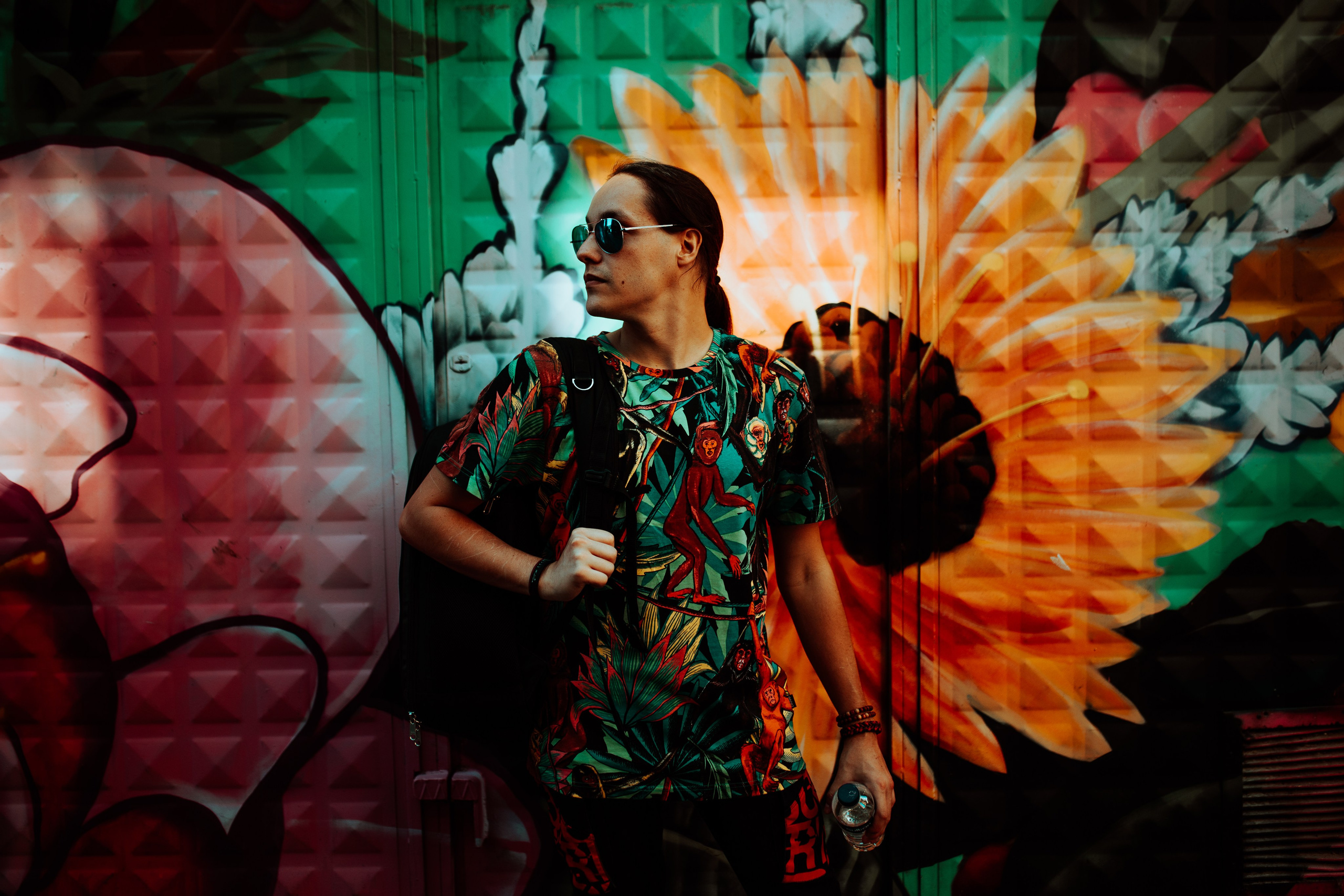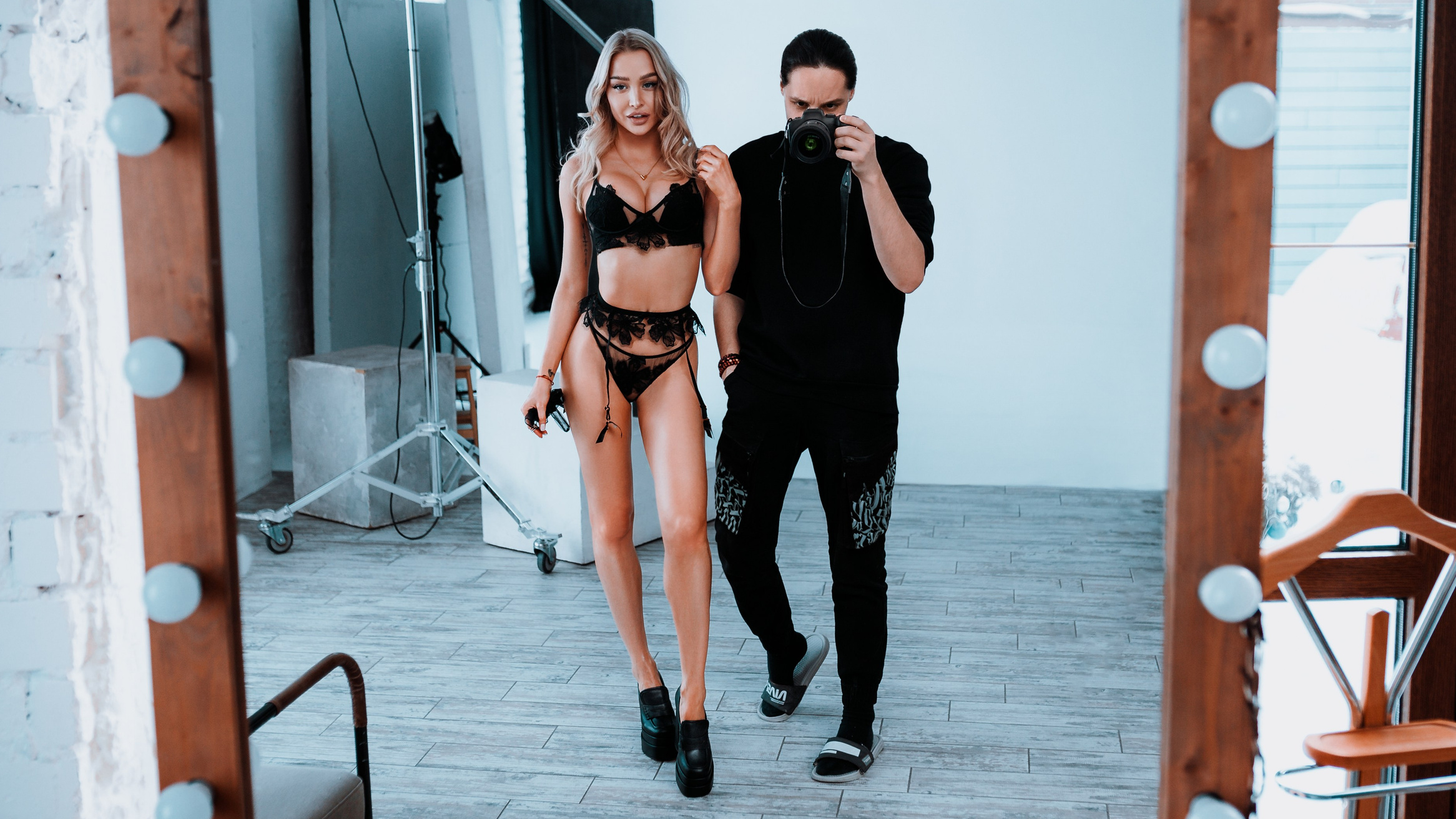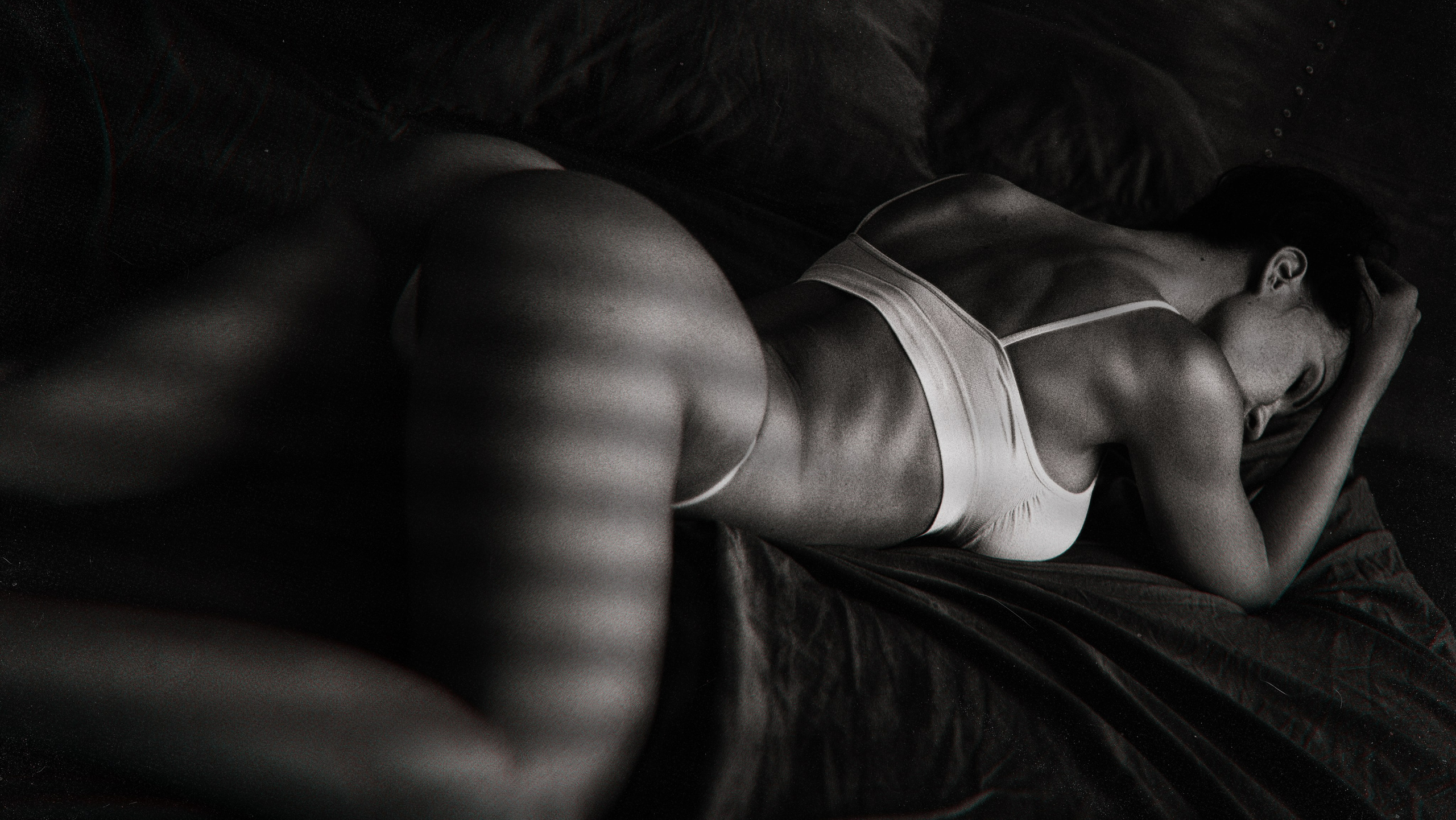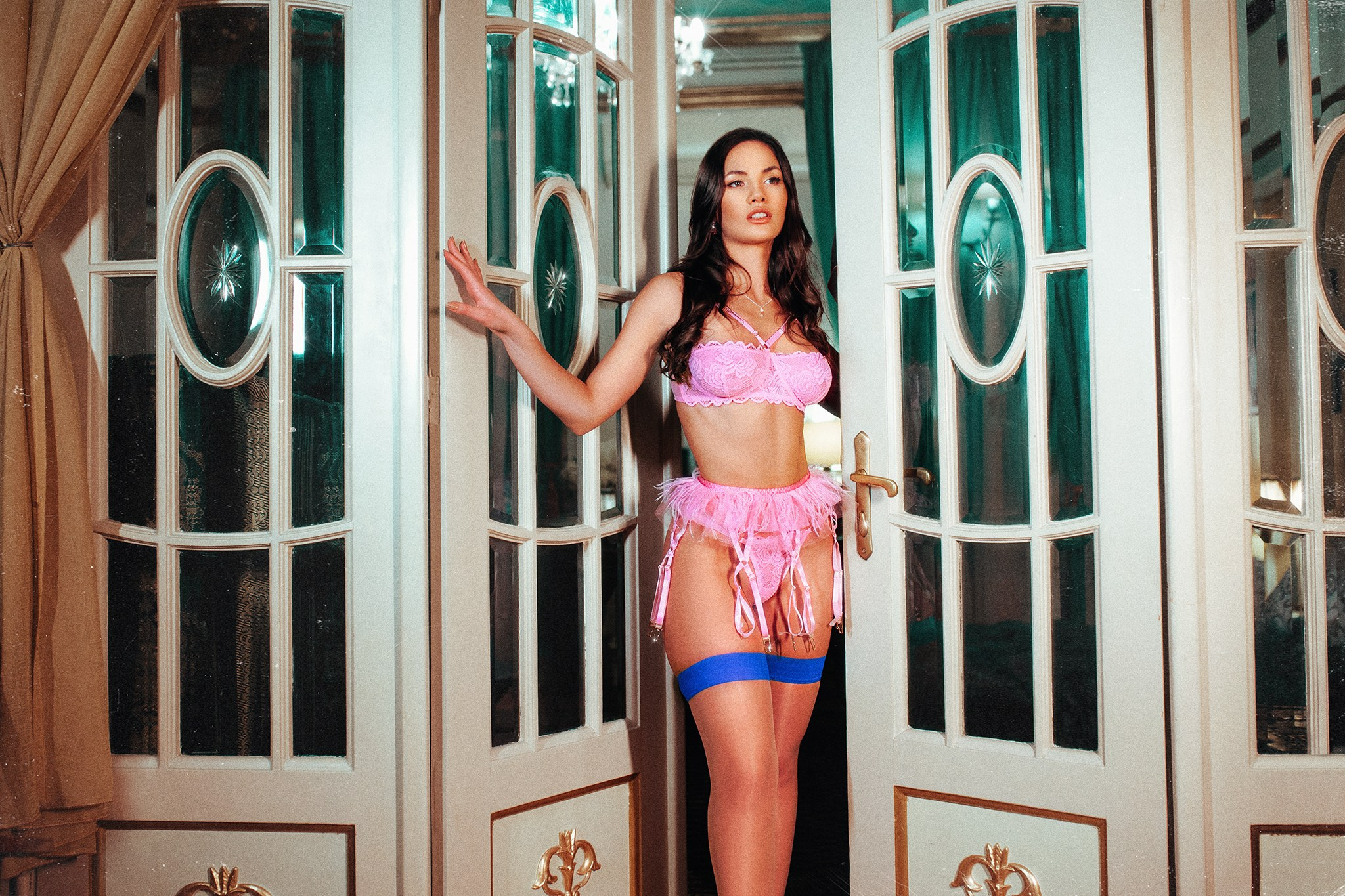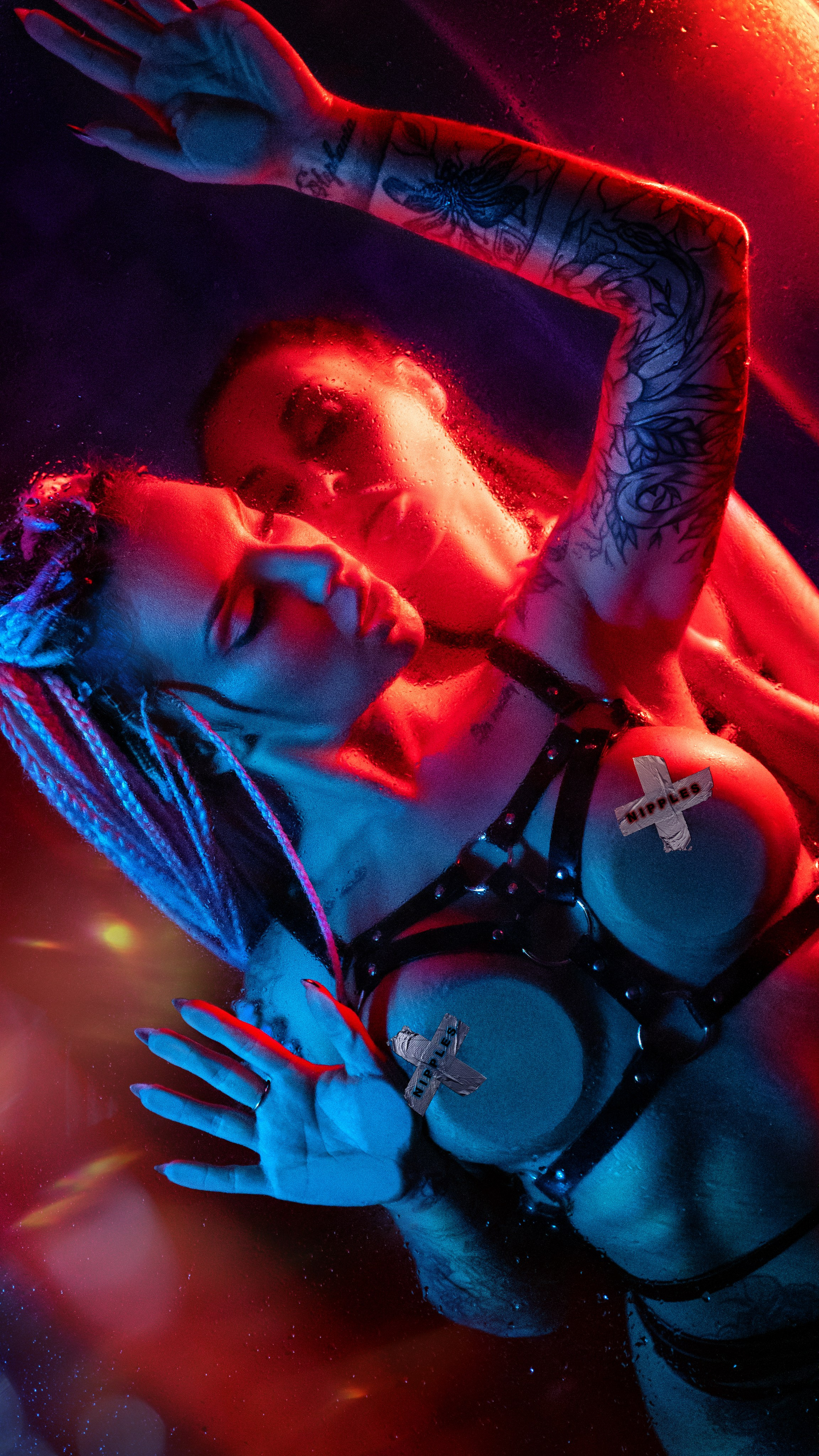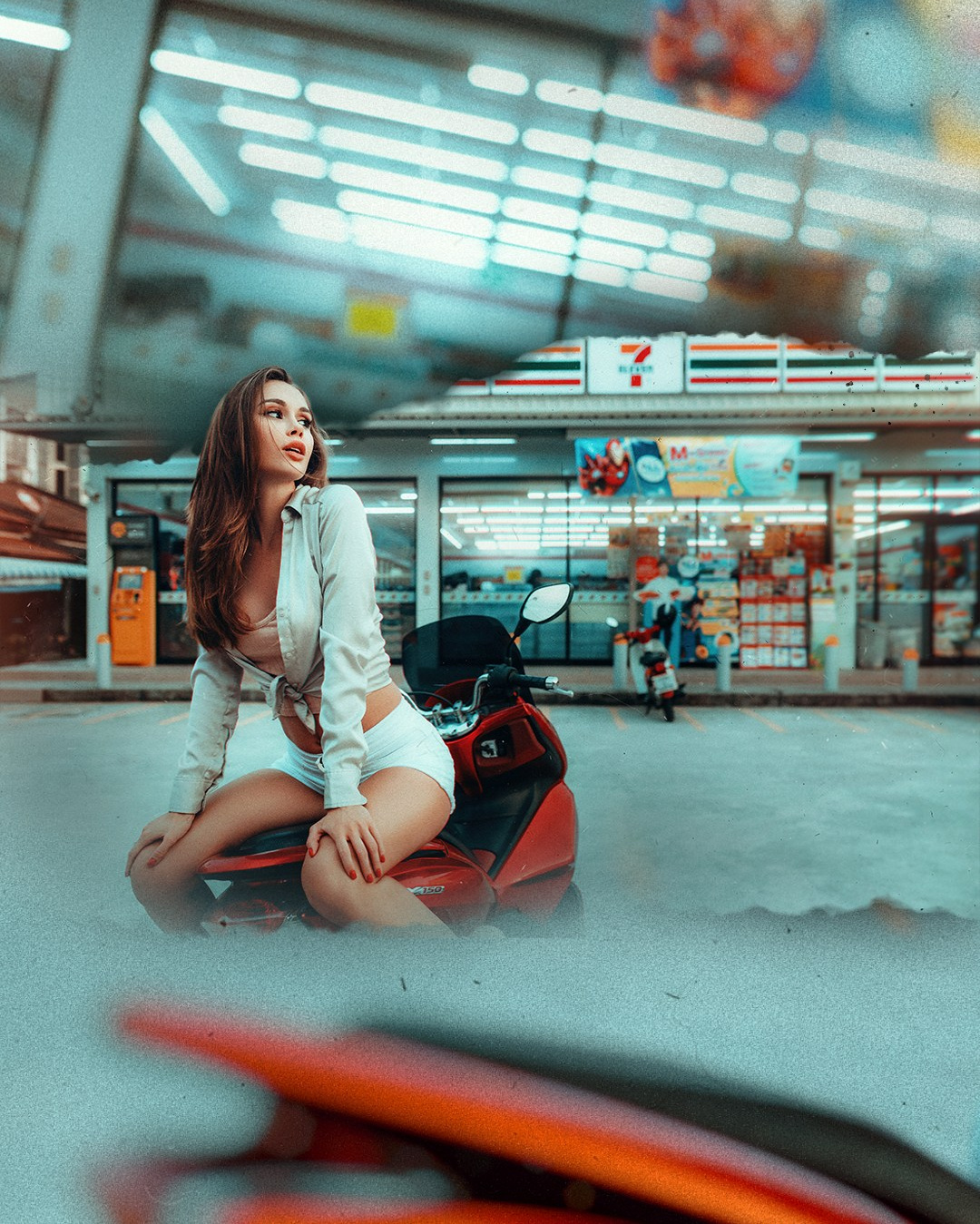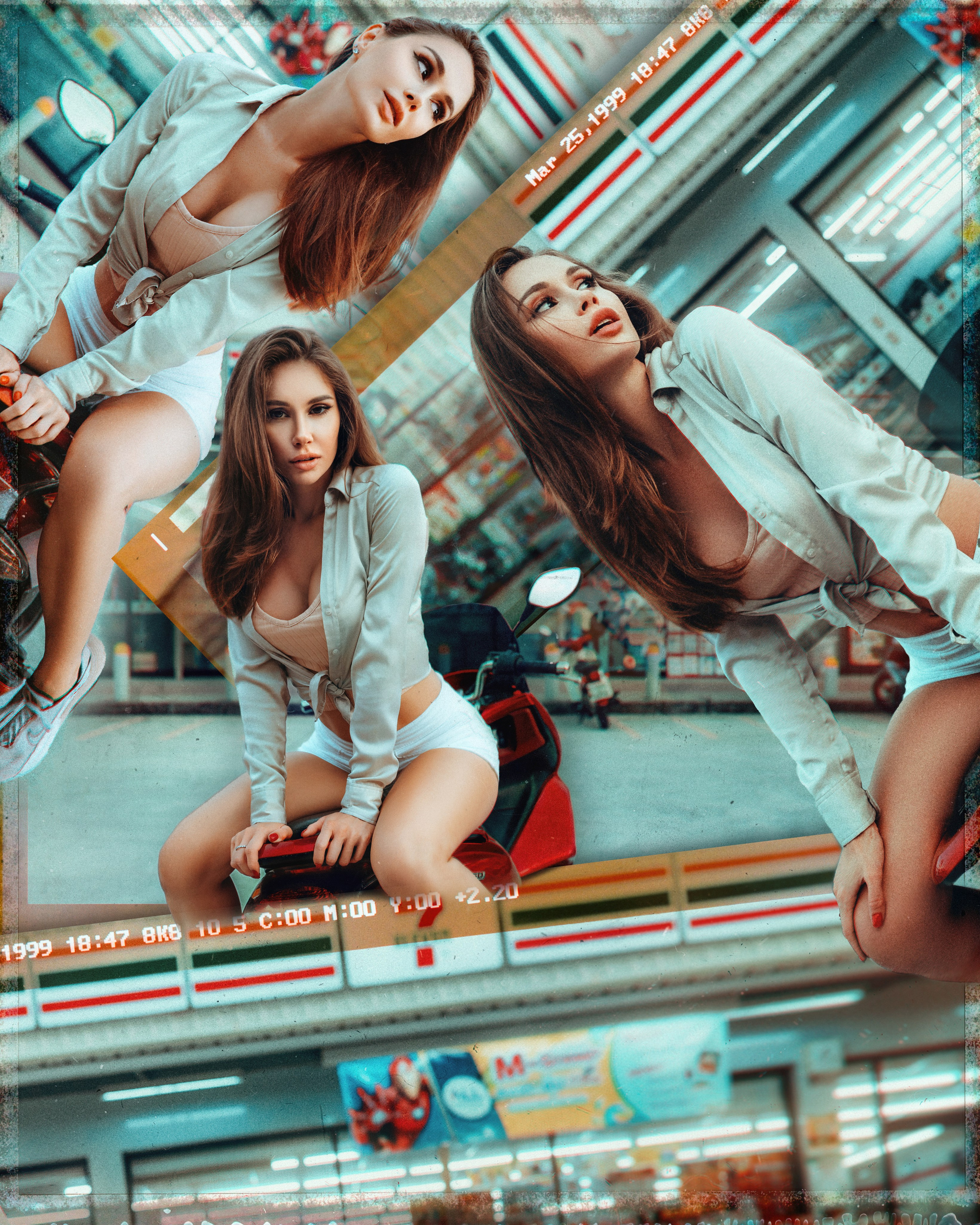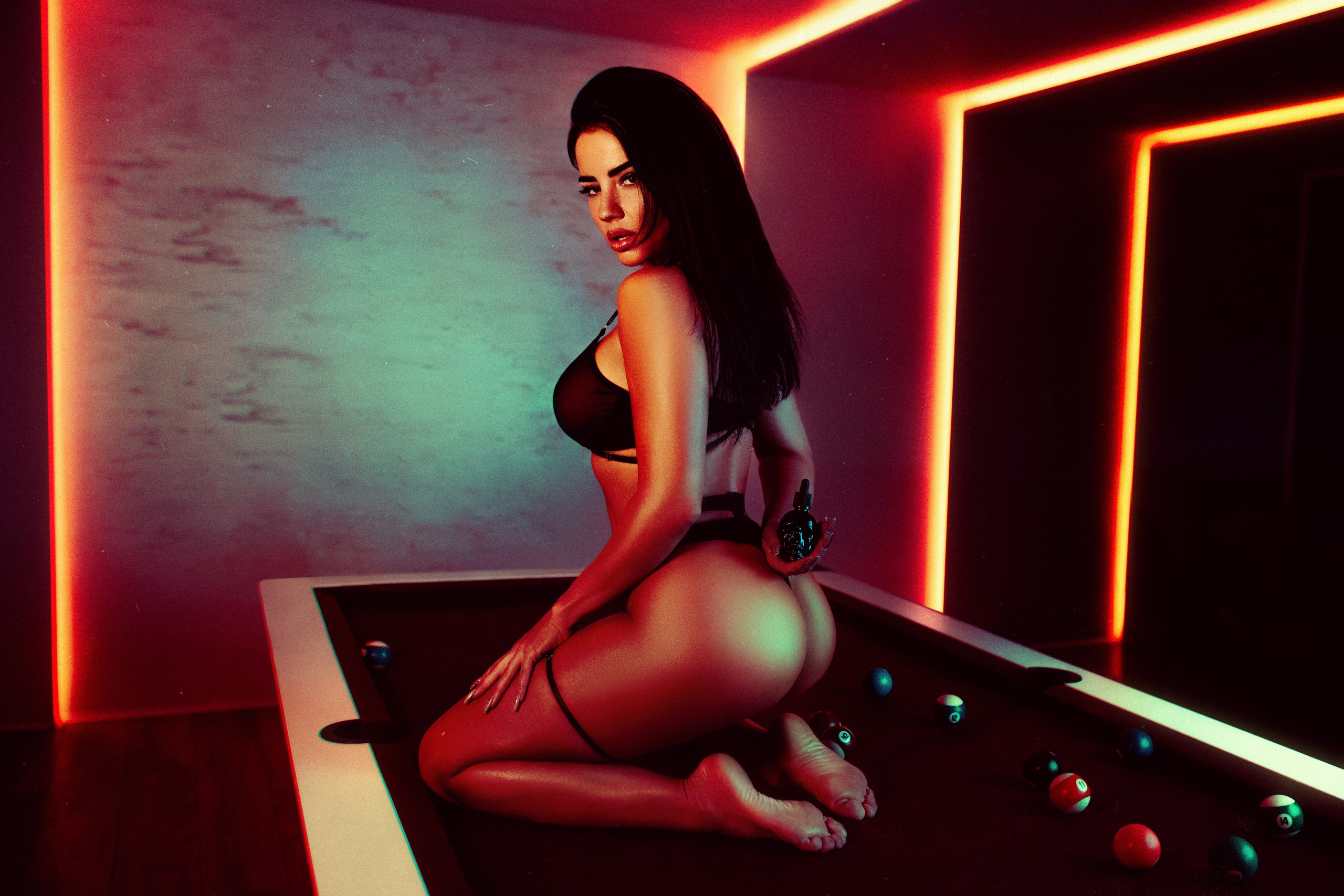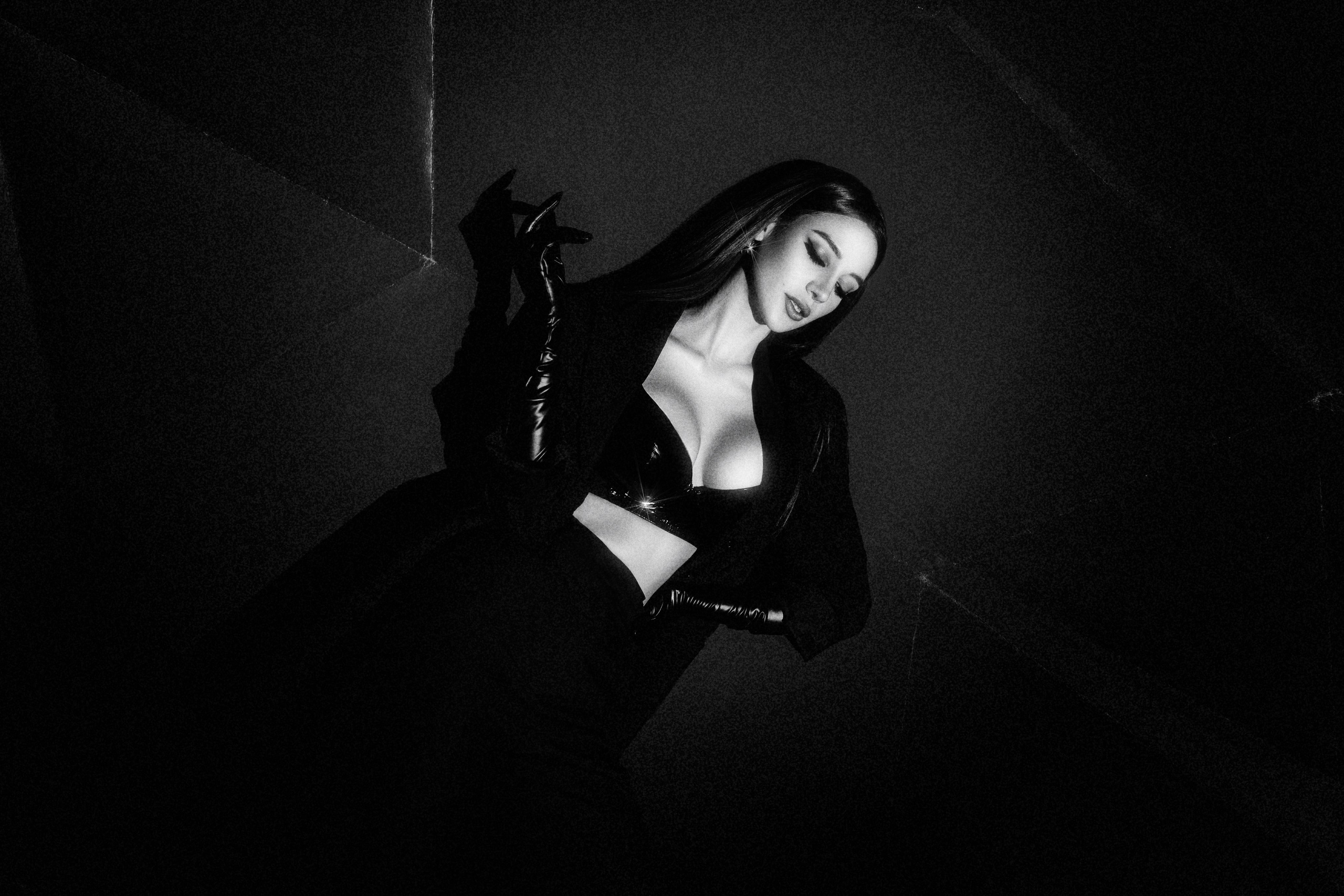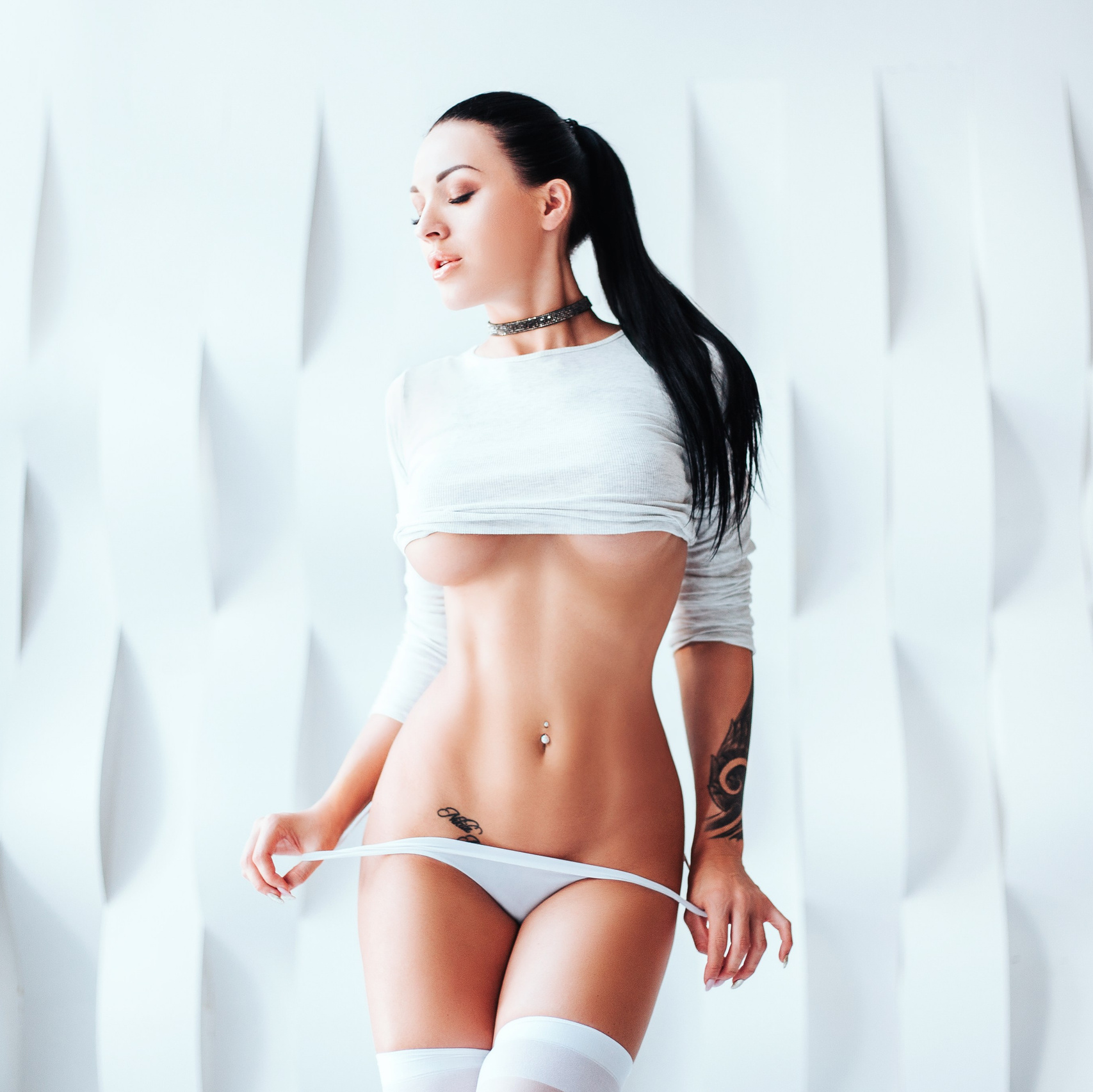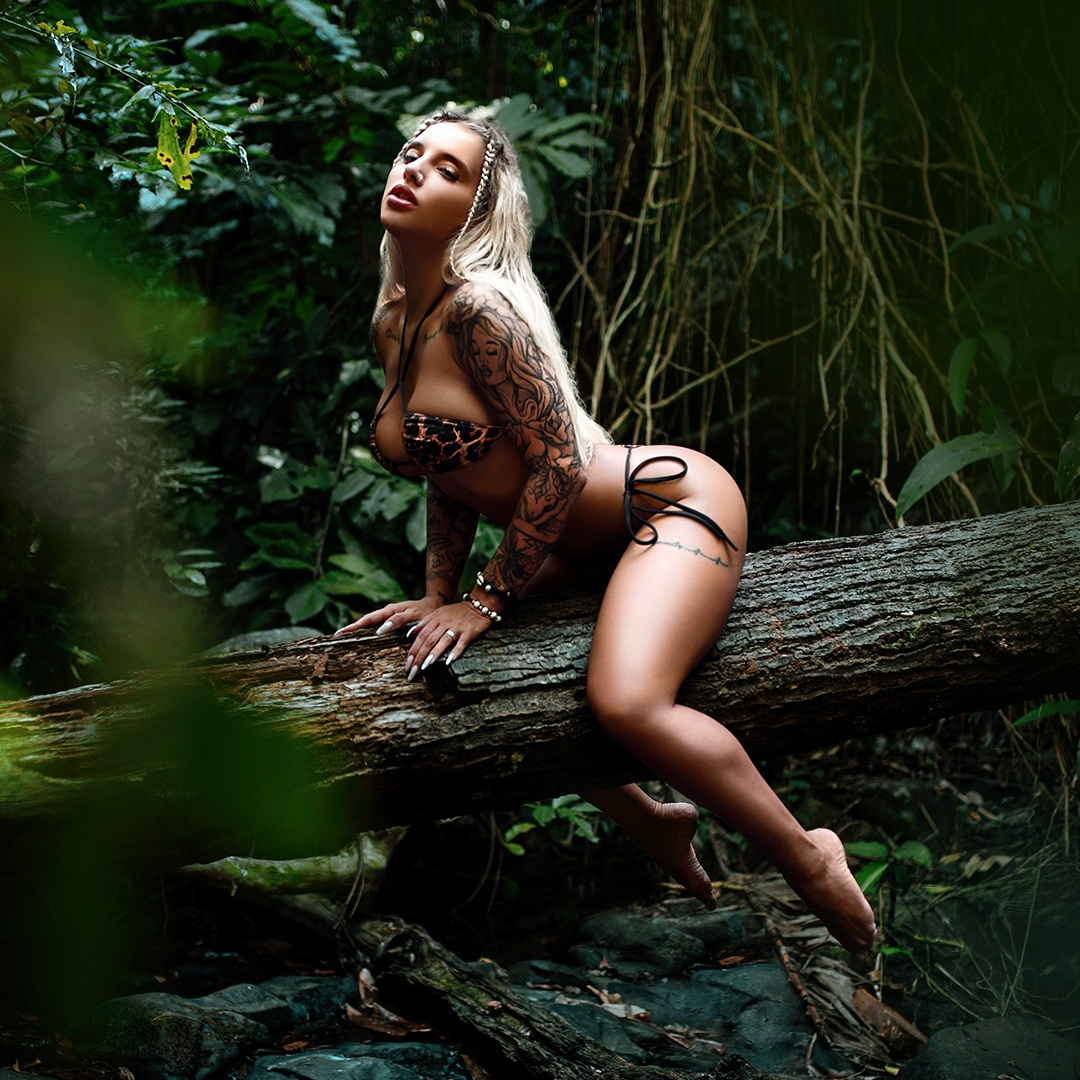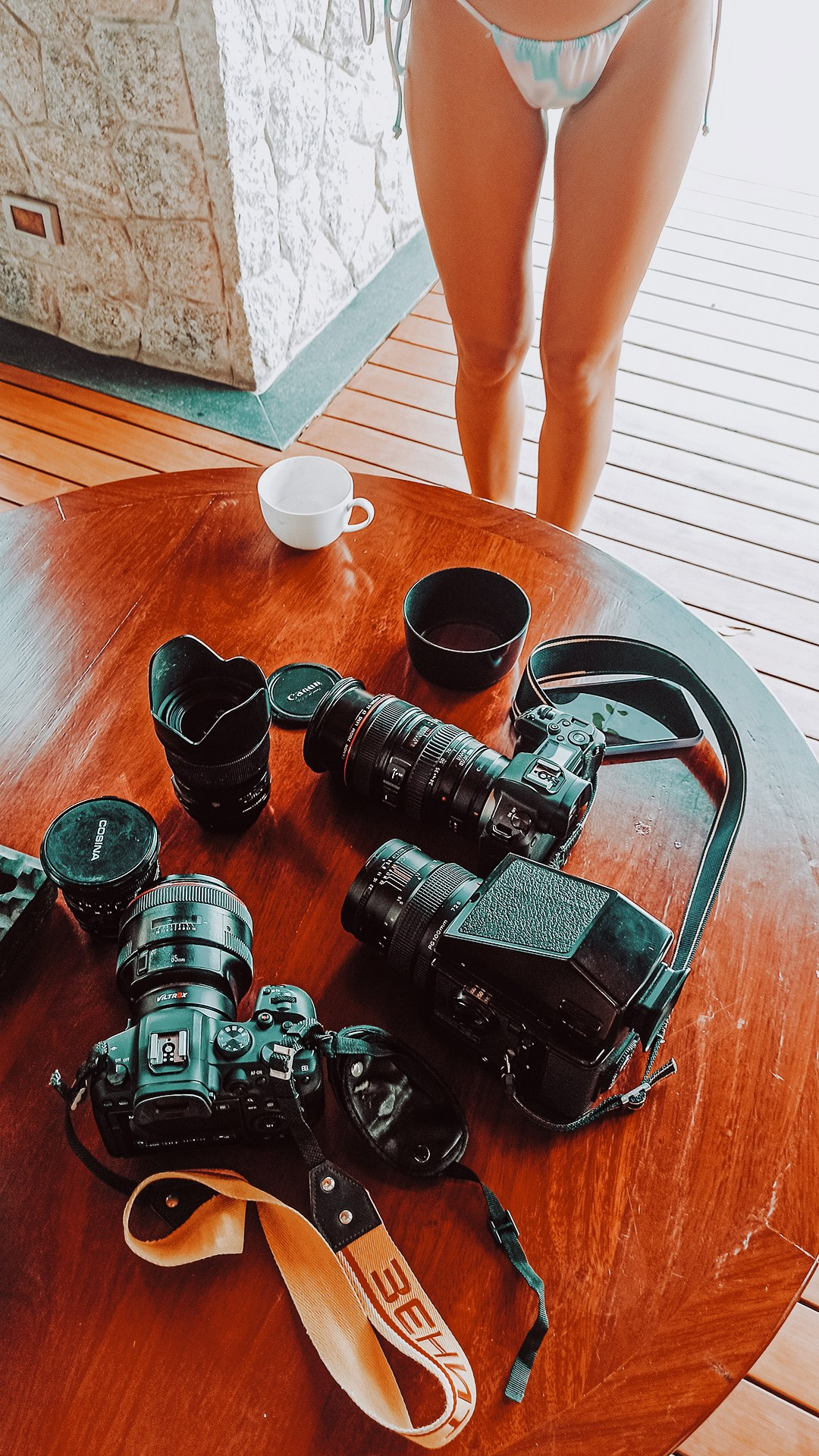If you’re looking for some photography inspiration, here’s an interview with a professional model erotic/portrait photographer Mark Smilyanic.
Describing himself as “a 29 year old camera-hauling parent disappointment, failed Law student and a portrait and travel photographer, from Belgrade, Serbia”, he has amassed quite an impressive portfolio.
He has gained expertise in portrait, erotic, and
adventure photography having spent a decade capturing female beauty
on his travels. Read ahead as we interview him and learn more about his
photography journey and get some photography tips from the seasoned
shooter!
Q1. How did you find your passion
for portrait photography, and what draws you to capturing people through your
lens?
It’s an interesting question! You don’t have to be a photographer to find beauty in the things that surround you, and my love for the portrait side of photography kicked off back in high school, that was predominantly attended by girls. Having met a lot of them, and with school years passing so fast, I’ve realized then and there how short is the time that I have left, to capture the smiles of the girls dear to me. Photography in a way allows you to freeze a slice of time in your life, and I began to do just that. Those pictures meant a lot to me, and I tried my best to make them more than just memories—I wanted them to look good too, and I began to care a lot about the surroundings and the presentation of the girls that I’ve held dear.
Later, when I got into nightlife photography, I met a bunch of daring girls, some of them being true professionals of their craft, and it opened up a whole new side of beauty, and allowed me to push my photography skills further.
I shoot a lot of travel related work too, but my main passion and subjects are the beautiful girls I work with.
Q2. How do you establish a
connection with your subjects to bring out their authentic expressions and
emotions in your portraits?
I find establishing connection with
my models to be more important than a lot of the technical photography related
stuff that comes after. This is the part of photography experience that I am
constantly noticing my colleagues failing to dedicate time to.
I always start by getting to know my
subjects, trying to understand their personalities. Sometimes it’s a chit chat
over a coffee if we happen to be living in the same city, especially if my idea
is more boudoir than traditional portrait oriented. If I am traveling and there
is no time for a prior catch-up, I would do my best trying to get to know what
the person is all about through her social media, body language, posts, the way
she speaks and what she speaks about. I’d pay attention to what she likes and
what she dislikes, and try to come up with a photoshoot idea that would be made
out of my observations.
I want my models to feel on my sets as if they are in their natural
environment, or ‘’acting a role’’ that they simply vibe with.
This allows them to feel comfortable
in front of the camera and creates a relaxed and open environment that fosters
authenticity. I would provide examples, or build the photoshoot idea
alongside a person. You’d be surprised how much creativity a model can bring to
a set too!.
During the set I engage in conversation, share anecdotes, and encourage self-expression, allowing the girls I work with to express themselves, and create shots that contain both my and their ideas respectively.
Q3. Give your top 3 posing tips for
aspiring portrait photographers.
-
Hmmm, let’s see. A few things that will definitely help
both a beginner photographer, and a model with not much experience is the
use of props. Having a prop makes a model ‘’do something with it’’ —
helping you break that dreaded ‘’I don’t know what to do with my hands
kind of situation’’
-
Establish ‘’the flow’’. Many models seem to lose
themselves with poses that are too static, and feel a bit awkward if they
are forced to maintain a certain pose for too long. What I usually tell my
models is to behave like we’re doing a video, to pose and shift poses from
one another as if I was recording instead of snapping photos. This helps
break the static posing, and helps you too as a photographer visualize
what poses look good with the model you’re shooting, if you don’t have
actual experience posing your models. Anytime you see ‘’the pose’’ you
want to perfect, you can always return to it, and grab a couple more
snaps. This way makes poses feel natural and can relax both the
inexperienced model and yourself, if you’re feeling stuck.
- Talk, laugh and compliment your model, but don’t be excessive in it.It’s not so much a posing tip, as much as it is a general work environment tip, but it will make all your poses that much easier. You want your models in a good mood, and you want to maintain a friendly yet professional atmosphere. Without it, no amount of good posing tips will render good results. Play her favorite music, bring a speaker to the set. Many models need a bit of music to kick into high gear…Even poses that come through them dancing could end up being the best shots of your set!
Q4. As a professional model photographer, among your portfolio of portraits, do you have a favorite or most memorable one? Tell us more about it.
I’ve been shooting with so many girls, and made so many memories on the way, that it’s really hard to pick a favorite. Among the recent ones — there was a fun project I did last year in Thailand, with a beautiful friend and model Alena, that has taken us from local laundry shops to supermarkets, trying to capture the essence of being an expat in Phuket, Thailand, but in a quirky, fun and sexy way.
The day after we appeared in multiple local Facebook groups, and felt like we were the ‘’most wanted’’ couple of foreigners, as the locals started looking for us using the CCTV footage. We were not sure if we had done something wrong, and thought of laying low for a while, until the moment I stepped out to reveal I was the photographer. It turned out the owner of one of the places we shot at, was a photographer too, and simply wanted to see the nice images we did, while the two of us thought we’re about to get deported from the island.
Q5. How do you approach lighting in portrait photography? Are there specific lighting techniques or setups that you find particularly effective?
Any light you have is the best light you have, use it and improvise with it to the best of your abilities. When it comes to it all, I used a variety of lights. Anything from mobile phone flashes, to led sticks, natural light, flashes …and sometimes a mix of it all.
While I agree light is the most important thing in photography, it’s not something one should be spending too much money on. What matters is understanding it, and how can you make the best out of it, in any given situation.
Q8. As a professional model
photographer, what are some of the challenges you face when capturing
portraits?
I don’t really come across too many challenges as I am planning my shoots and working with models well in advance.
The ones that happen impromptu, in case I meet a nice person at a nice place, are the ones I enjoy simply as there are no expectations.
It used to be the language back in the day, as I didn’t speak Russian where I often shoot. Nowadays it’s mostly organizational challenges, the usual, when, where, and if we’re going to be in the same city/country at the same time :))
Q9. Name 3 photographers whose work
you look up to?
Elena Skullova — an amazing portrait and fantasy photographer, creative on set and even more in the post production space. She’s great and directing models and one can learn a lot just from watching her work. Definitely recommended!
Alexei Trifonov — simply a master of his craft and studio work.
Georgy Chernyadyev — someone whose photos can teach a photographer a lot about the importance of scenery and sensuality in boudoir work, and seeing beyond the naked skin.
Q10. How important is post-processing in your professional model photography/portrait photography? Could you share some insights into your editing style and techniques?
I will cut to the point — It’s super
important!
Photography as a medium is ‘’static’’, it captures a person in a way
we don’t get to experience as we do in real life, letting us marvel at each
imperfection or a distraction, a model might not wish to expose in such a
manner.
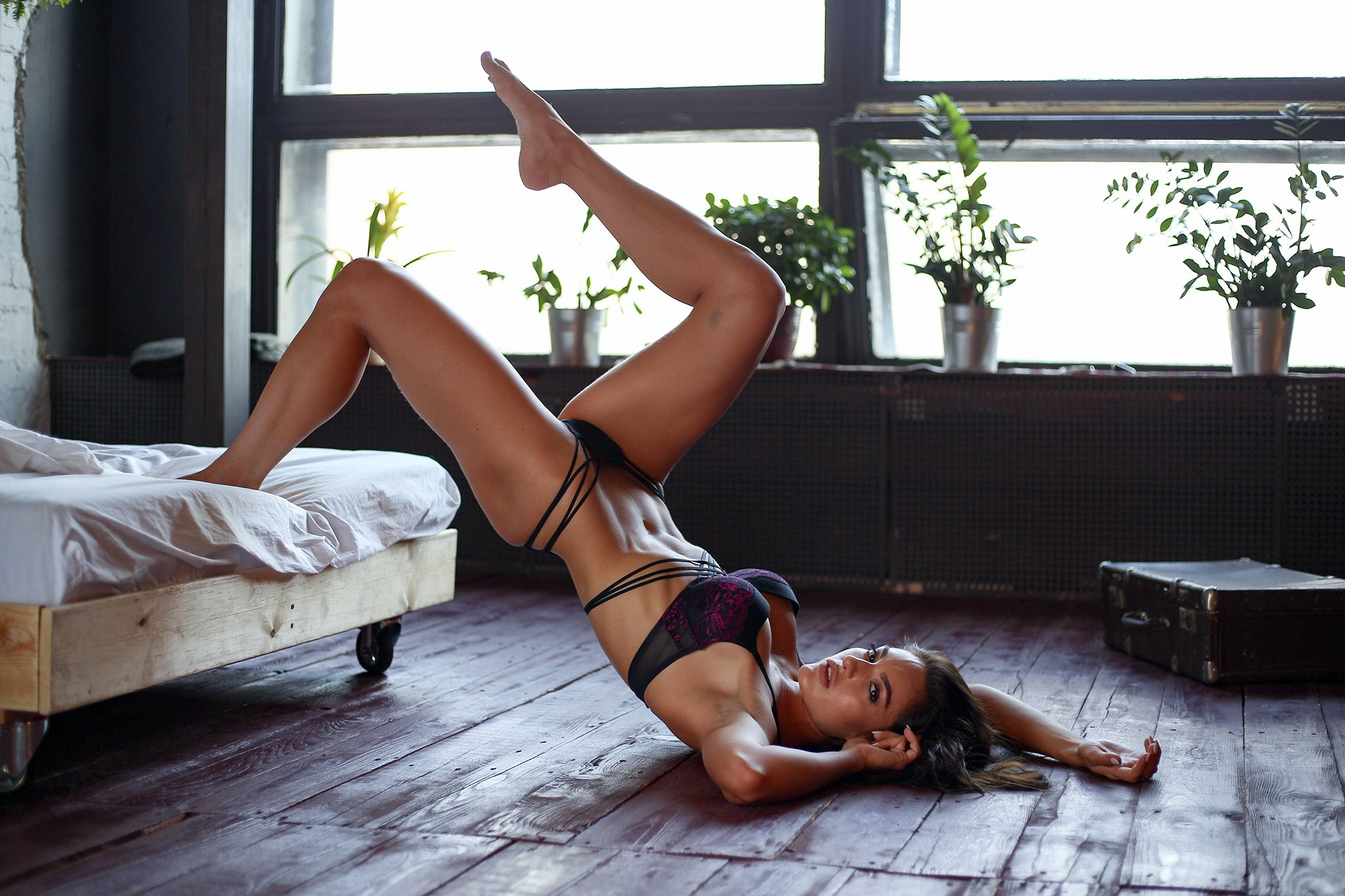
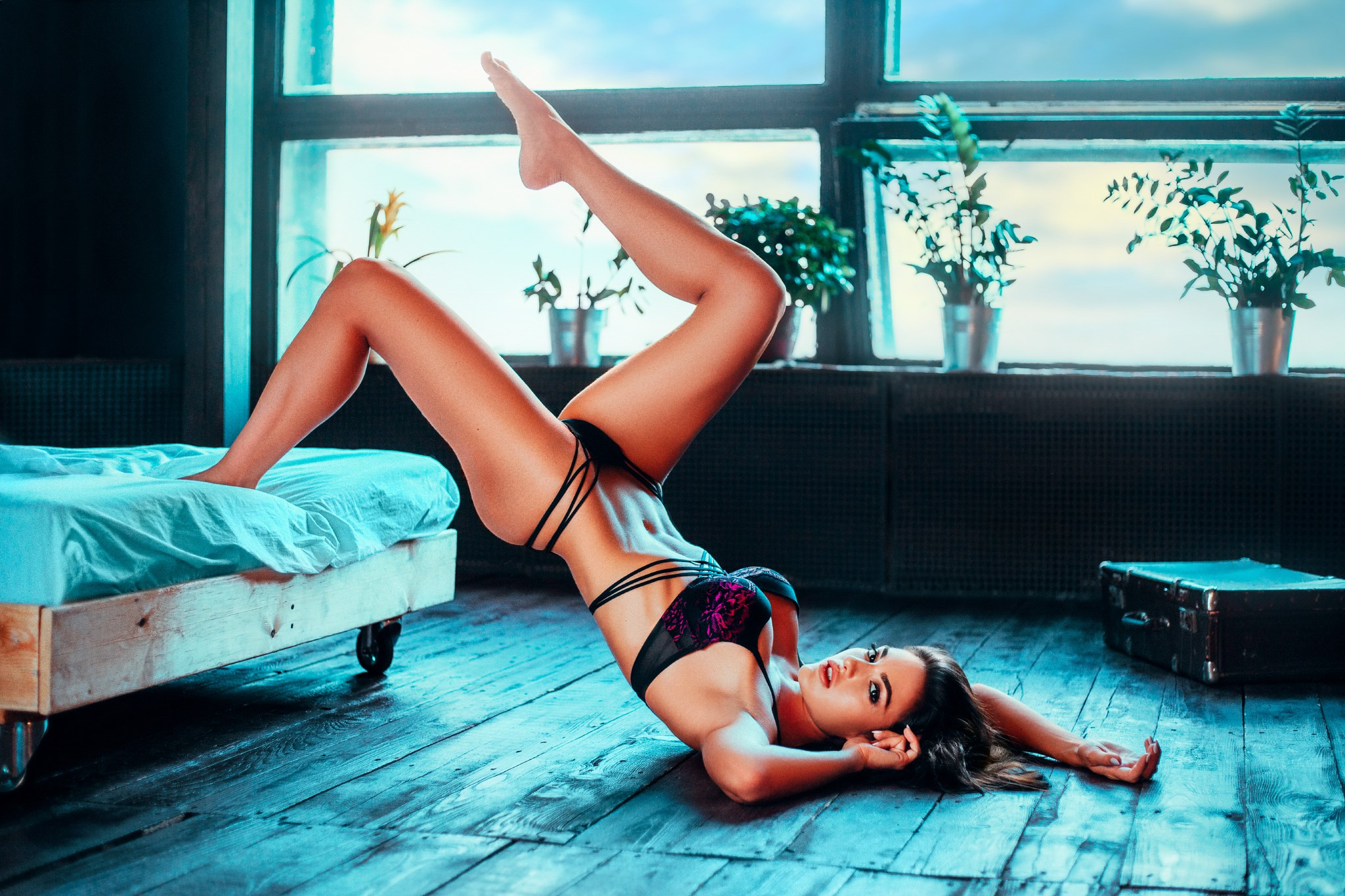
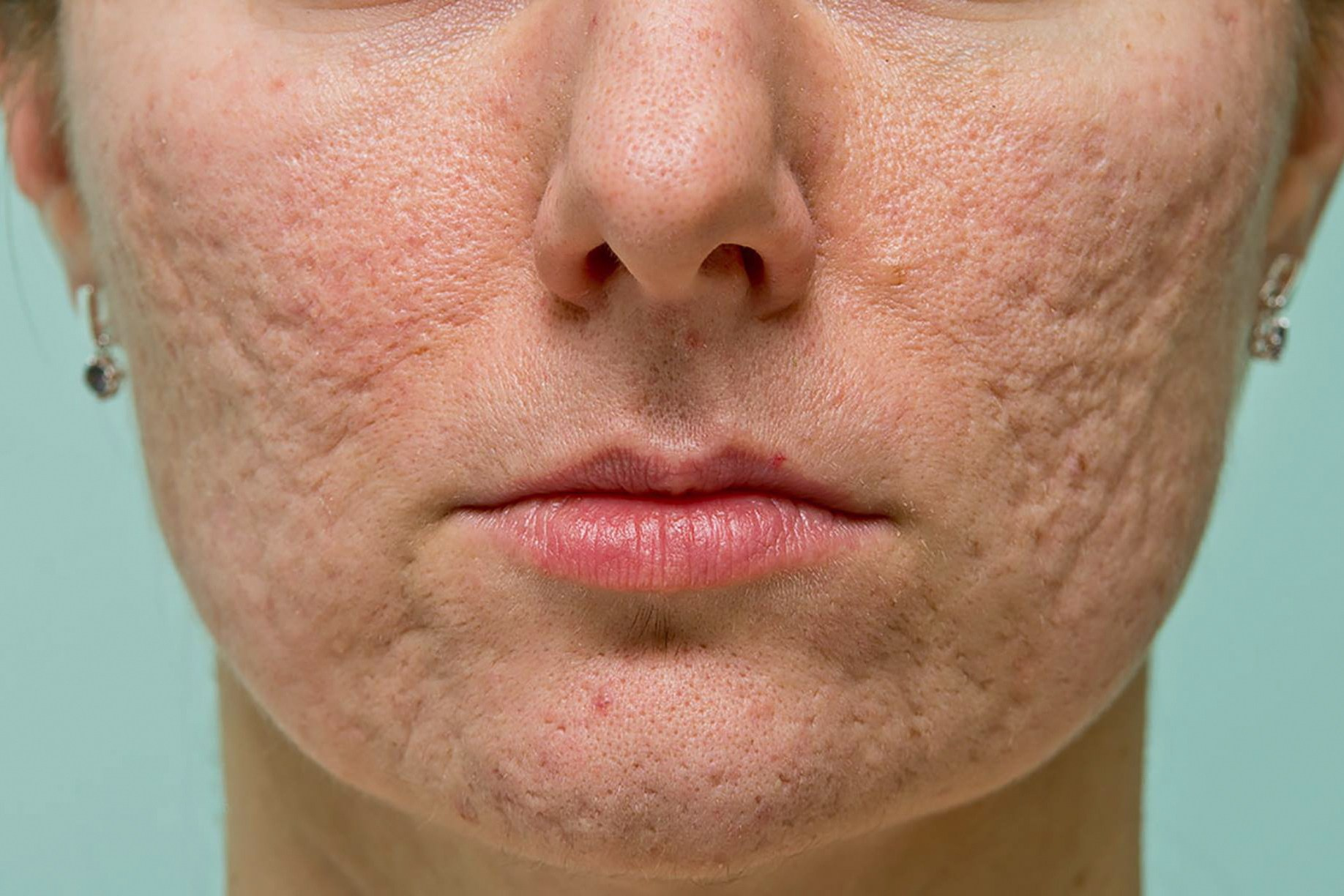
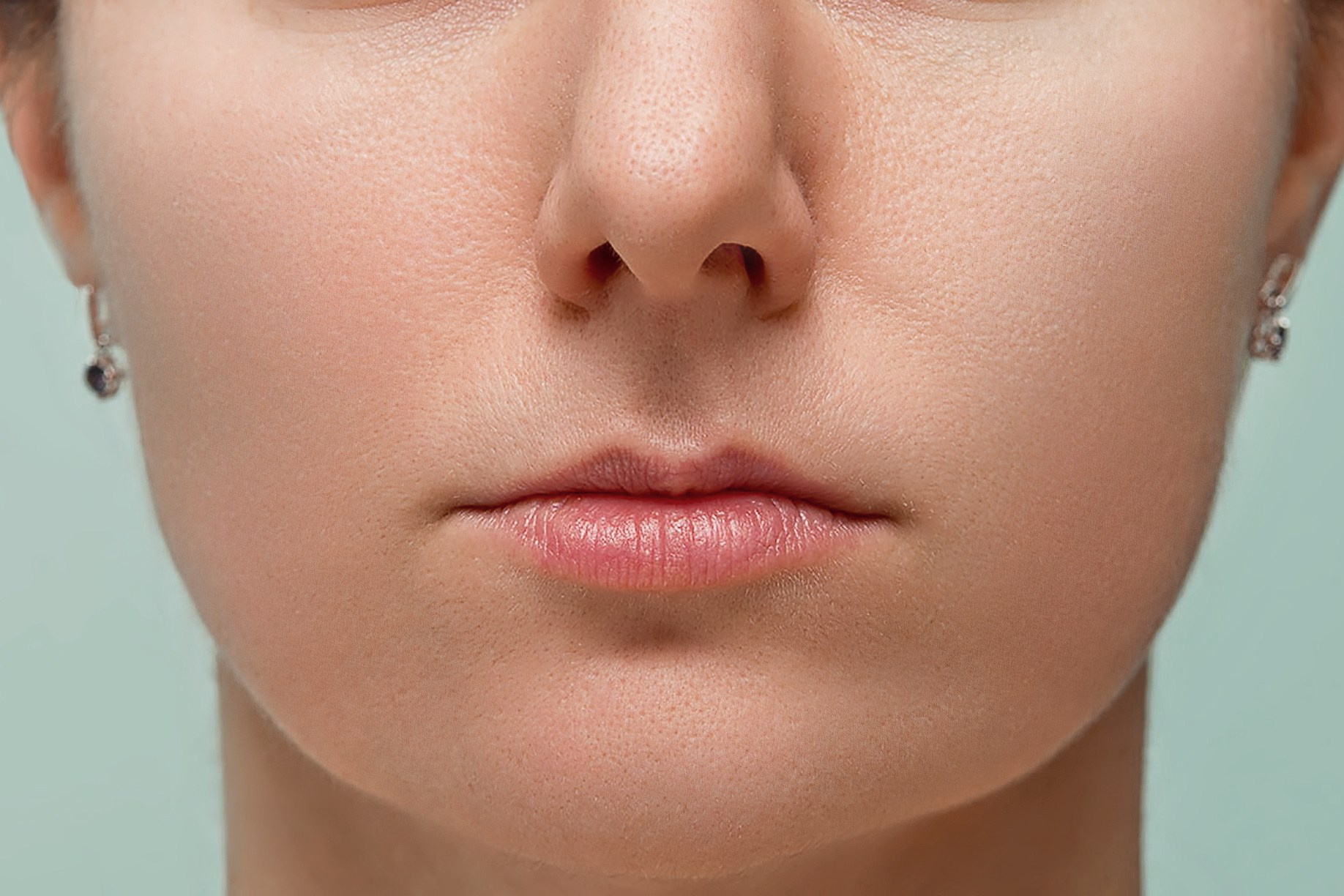
I see photo retouching as a tool that lets us touch up those distracting elements, letting us experience someone’s beauty the way we’d do in person.
Of course — it can also be used to
completely alter a person, but this is not the kind of retouching I’d happily
do. The tools and retouching techniques are all the same, no matter what we
want as a final result, however how we use those techniques comes down to each
and every photographer. I teach all my retouching tips and tricks, accumulated
over 10 years of working as a portrait photographer, in my Boudoir & Portrait Retouching Course, which you can find here.
Q11. Tell us more about your adventure photography projects.
Although I have done a few
trips with my models, doing even more of these is something I’d love to do more
of.
Last year I went deep into the jungles with one of my beautiful models Juju
Abrams to get the wildest looking Amazon style shots.
We lived to tell the tale! Such is the nature of the future projects I want to do!
and our final question:
Q12. For aspiring professional model photographer/portrait photographer/adventure photographer, what advice would you give in terms of building a portfolio, working with clients, and refining their skills in these genres?
There isn’t much you can do as a
portraitist, if you’re lacking that initial ‘’click’’ with both your models and
clients. That makes a drastic impact on your results and it could be felt
radiating through your photo work.
Another important advice is to do art for arts’ purpose first. You don’t need
to be looking for dollar signs in each and every project you do, and don’t let
the work you do as a photographer kill your passion for photography.
When it comes to Portfolios, it really depends what you should and if you wish for a certain photography genre to become your specialization. It also depends heavily on where you are, and what the market is like where you are based. You can do a ‘‘diverse portfolio approach’’, ranging from food photography, product, to family portrait, that shows you’re the person for any of their photography needs, or you can get highly skilled at a certain photography genre, and heavily market yourself within that genre. I think that answer depends a lot on where your passions reside.
In regards to working with clients —
Establish clear communication with them. Listen to their expectations, share
your vision, and ensure both of you are on the same page before agreeing and
‘’putting your signature’’ on the contract.
Working with trusted clients, who
have hired you do deliver what you do best, is usually free of problems in that
regard, however when approached by a client you haven’t worked with before, do
a brainstorm session with them, construct some moodboards and communicate a lot
back and forth, before coming to the set.
One more thing is to stay updated with the latest techniques in photography. If
attending workshops is expensive, there are a lot of free resources on Youtube
too.
Never stop refining your skills. Such a fast moving field, especially
nowadays when fueled with so much technology, it has never been more important
to stay relevant and committed to learning and improving.
Mark’s images have a unique charm to them
and if you want to create such captivating portraits, you should consider tips he has shared with us today.
Hope you enjoyed reading and
learning about Mark and his amazing works!
- PhotoWhoa.com
Behind the Shot ⚡

This is an advertising campaign forbidden in Serbia!

How to turn an Ordinary Picture into a Great Picture?
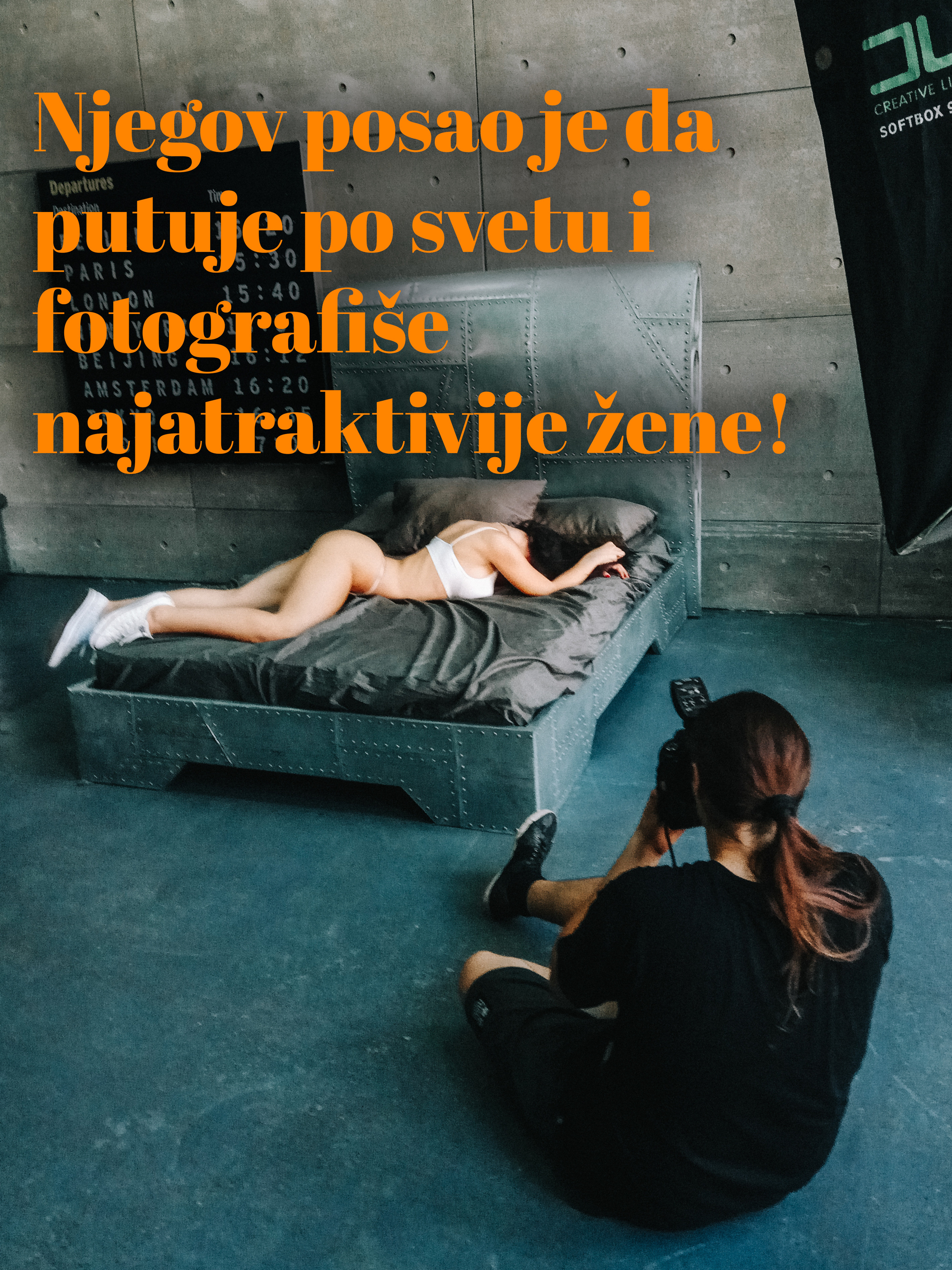
My interview for Zebra.rs
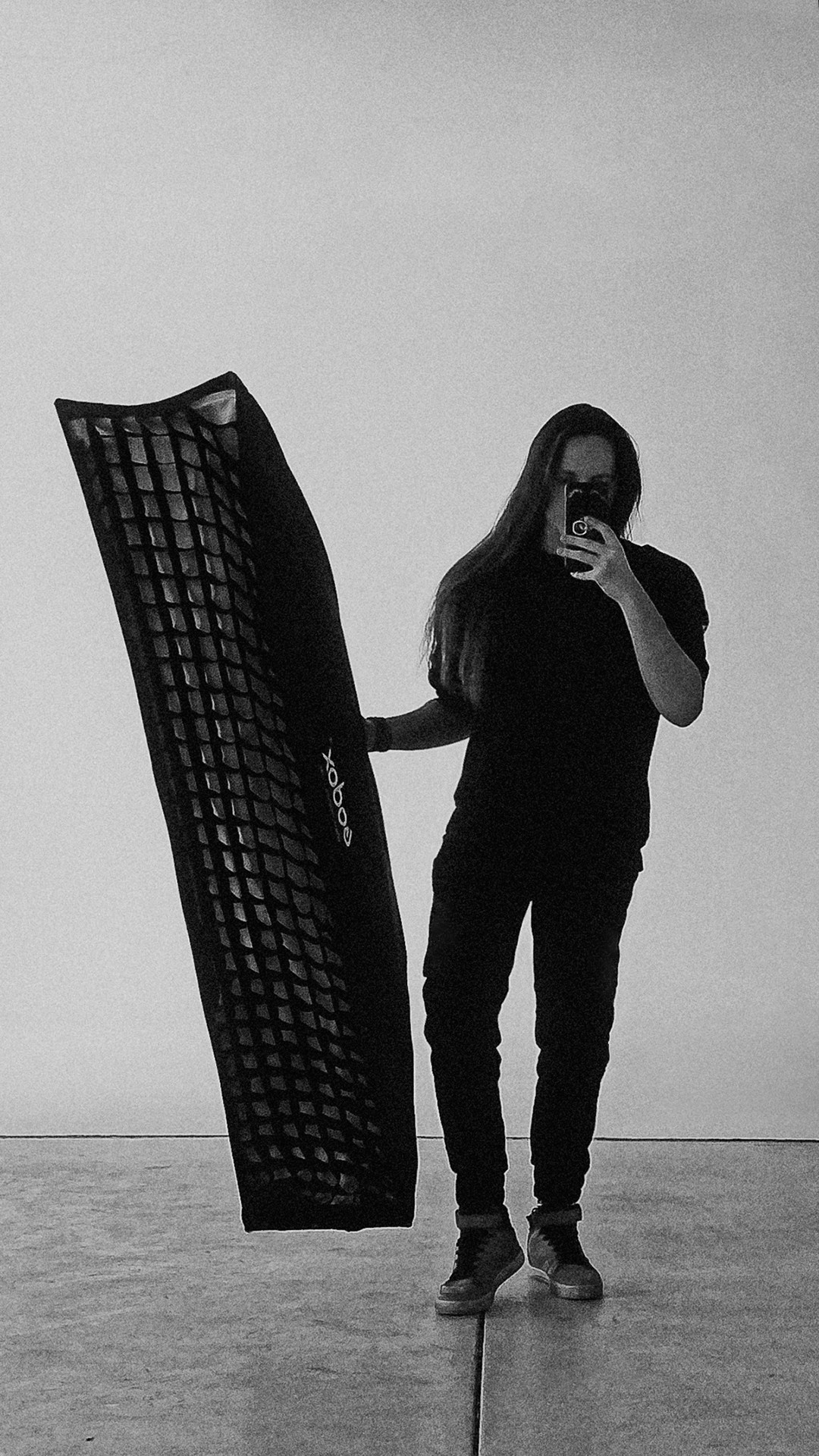
Behind the Lens with Mark Smiljanic
